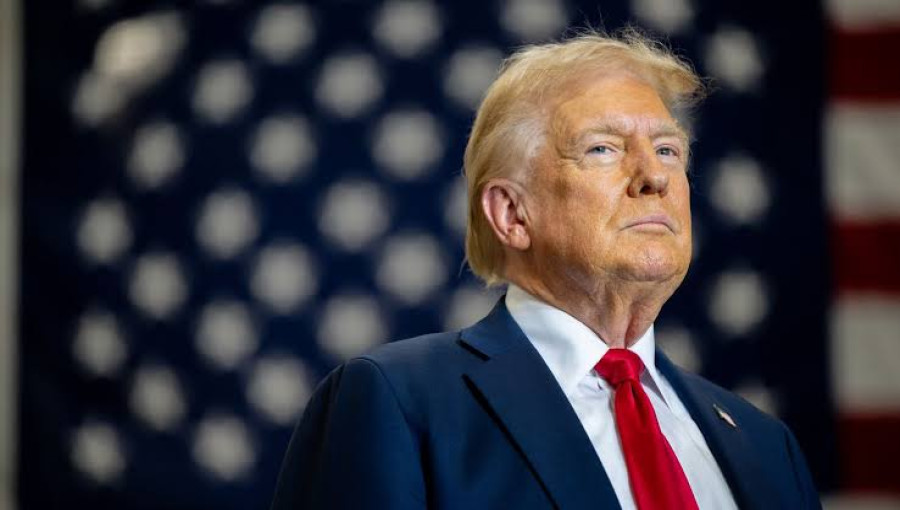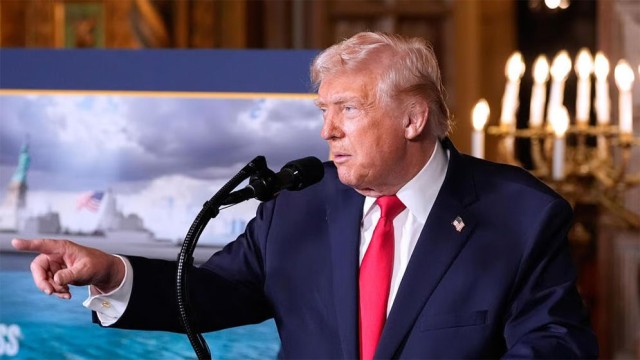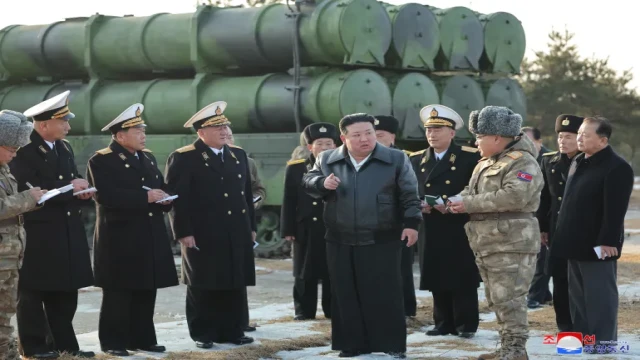Oct 13, V7N- Donald Trump's plan to revive U.S. manufacturing through tariffs and lower costs for consumers comes with significant economic concerns. His proposal includes broad tariffs of 10-20% on imports and higher rates for specific countries like China and Mexico. While Trump asserts that tariffs would generate billions in revenue and push production back to the U.S., economists warn that this could lead to higher consumer prices, exacerbate inflation, and disrupt global trade.
The reality is that U.S. businesses, not foreign governments, bear the burden of tariffs, and these costs are often passed on to consumers. Studies estimate that inflation could rise between 0.6 and 1.3 percentage points, depending on the scope of tariffs and potential retaliation by other countries. Additionally, U.S. manufacturing may not be able to meet consumer demand in the short term due to the lack of domestic production capacity in industries like electronics.
Trump’s policies could also reduce U.S.-China trade by 70%, redirecting trade flows but potentially slashing expected tariff revenues by over half. Meanwhile, his promises to reduce energy and food costs, through deregulation and import barriers, face skepticism from analysts, who note that these moves could backfire, especially for U.S. farmers reliant on exports.
While Trump’s tariff strategy may rally support, the broader economic impacts could include higher costs for consumers and complications in global trade relationships, with unclear benefits for U.S. manufacturing.
END/WSP/RH/































Comment: